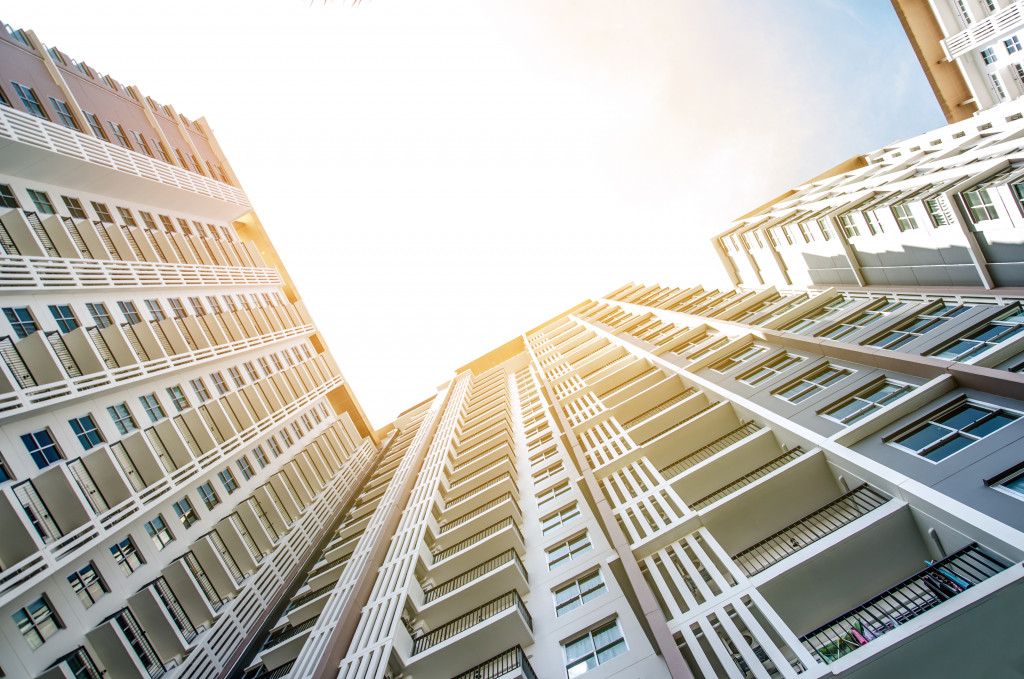Living in an adequate home is essential for every person’s safety and dignity. It puts people in a position where they can focus on their careers, take care of their mental and physical health, and pursue their interests.
While the ideal scenario is that every person has access to safe, clean, and affordable housing, the unfortunate reality is that various circumstances have kept people from having this necessity. Homelessness often happens to individuals when they experience poverty, unemployment, or have low incomes that cannot address their monthly upkeep.
Many times, however, individuals who need affordable living arrangements also need further assistance to help them get back on their feet. One solution that tackles both needs is supportive housing.
What Is Supportive Housing?
Supportive housing is simply affordable housing that also offers various services to help formerly homeless individuals, low-income adults, senior citizens, and persons with disabilities. Living in supportive housing is often subsidized.
In New York City, the concept of supportive housing came about in the 1970s, when the homelessness crisis became a more visible problem than it had previously been in the state. This growth in homeless people can largely be attributed to the drastic change in housing stock in New York from the 1950s that resulted in the decrease in single-room housing units.
Single-room homes were then a source of easy and cheap housing for those who could not afford anything bigger. It was usually the housing of choice for mentally ill individuals, discharged patients, former inmates, and even senior citizens.
The pioneers of supportive housing then saw it as the most humane solution to the crisis. It allowed those in need to have a dignified way of living because it gave them access to affordable homes and various kinds of support (meal programs, employment training, health care, etc.).
How to Build Better Supportive Housing

The need for supportive housing remains since so many people still experience homelessness today. These are several ways you can help build supportive housing that addresses the needs of those in most need.
1. Make design consciousness a priority.
Design can seem like the least of your concerns when developing supportive housing, but it actually plays a big role in the quality of life they achieve while residing in the place.
For instance, make the decision to use primarily sustainable materials, which are free of harmful chemicals and overall better for the health of everyone living in the area. Secure the housing area with a vinyl fence as it is both durable and aesthetically-pleasing.
Conscious design practices are also more sensitive to the often vastly different backgrounds of the people that live in the housing. While this means being culturally sensitive in stylistic decisions, it also means making common areas welcoming so that they invite friendly interaction among people.
One unfortunate challenge that projects such as supportive housing face is pushback from neighborhoods, as there are concerns regarding the safety and even the “quality” of the neighborhood. While this is rooted in some stigma surrounding homeless and low-income individuals, well-designed housing helps get rid of these false notions.
When supportive housing exhibits good architecture, people see it as an asset to the neighborhood. This can help eliminate the stigma.
2. Provide more access to support.
To best support the different needs of the people in your community, diversify the kinds of support that are available to them.
There are many kinds of healthcare that you can offer in supportive housing. First, many people who go to supportive housing for assistance have struggled with substance abuse. It would help them have a support group that helps them talk through their history and encourage them to grow in a positive environment.
It also benefits the people in supportive housing to gain more competencies so that they can find employment. Have training programs focusing on helping people learn different skills that build on their current capabilities or teach them new things that can increase their career options.
3. Evaluate your program.
It is essential to hear from the people living in the community to continue improving your services. Assess how your system has bettered the lives of the people you are assisting and which areas you can adjust to help them more.
Keep Building Supportive Housing
Supportive housing is an integral part of society as we work towards an equitable society that provides more opportunities for those who do not have ready access to them. Keep the above principles in mind, but know that more supportive housing means giving assistance to more people.

